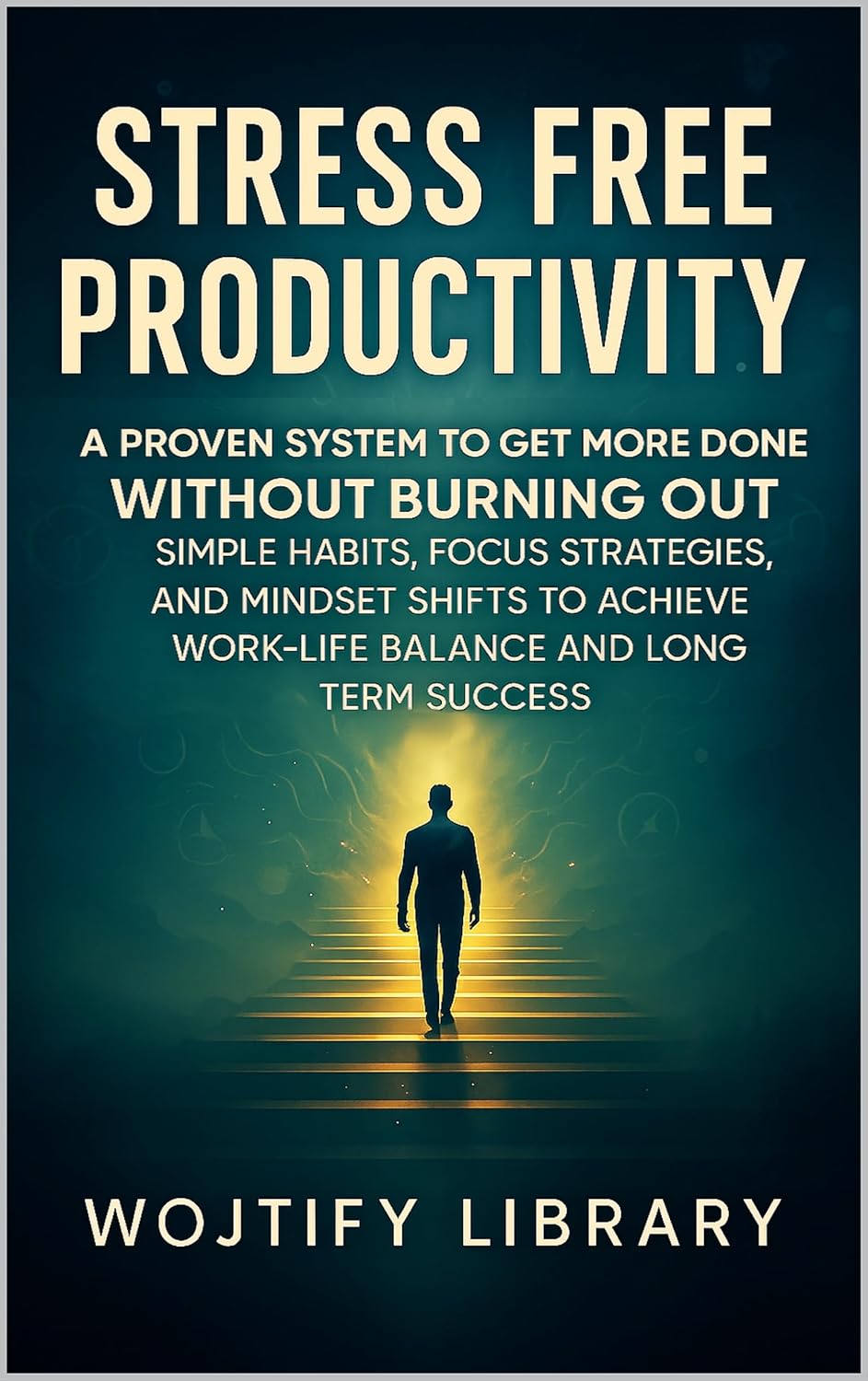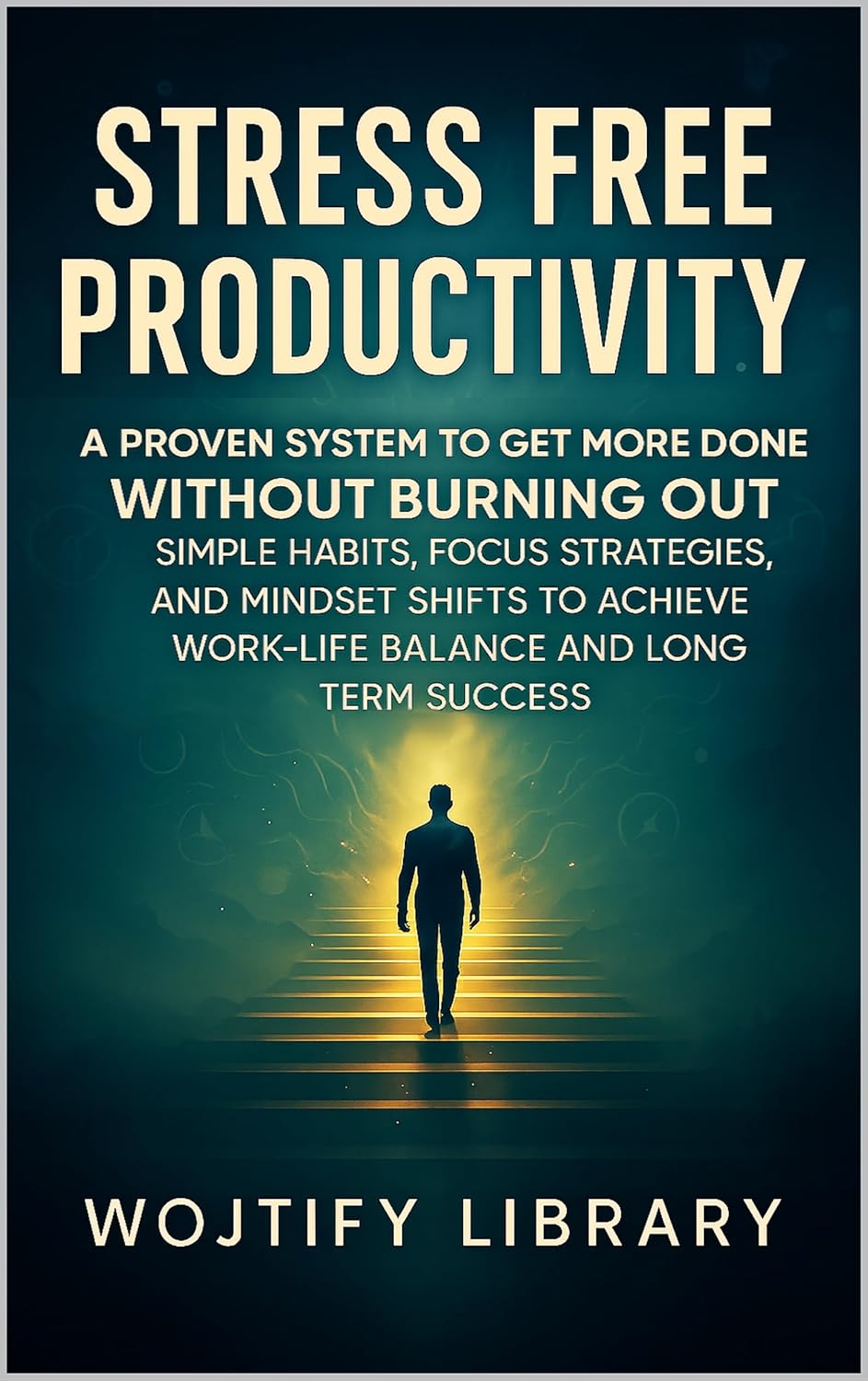Review of Stress Free Productivity
As an avid reader and someone constantly on the hunt for the elusive balance between productivity and well-being, Stress Free Productivity caught my eye immediately. The promise of managing energy instead of just time resonated with me deeply, and I’ve often felt overwhelmed by the demands of daily life. I was eager to explore how this practical guide could help me work smarter, not harder.
From the outset, the book’s clear structure and relatable tone made it easy to digest. The focus is on implementing a straightforward planning system that revolves around one main priority and two supporting tasks each day. This minimalist approach appealed to my penchant for simplicity and helped curb my tendency to overwhelm myself with an endless to-do list.
One of the standout aspects of Stress Free Productivity was its emphasis on energy management. The author offers effective techniques to manage energy and maintain focus, which I found incredibly helpful. I was particularly struck by the reminder to embrace rest as a vital tool for recharging. This perspective shifted my approach to productivity and encouraged me to take necessary breaks—something I’ve often resisted in the name of staying busy.
That said, not everything was smooth sailing. A few readers noted that while the book provides excellent techniques, it could benefit from more detailed case studies or examples of individuals successfully implementing these strategies. I agree to some extent, as I would have loved to see how others overcame their hurdles in adopting this system. Though the book is practical, the lack of real-world applications left me craving more depth in that area.
Another point of contention was the simplicity of the system itself. Some felt that having just one big priority felt limiting. While I appreciate the straightforwardness, during particularly hectic weeks, I found myself longing for a more flexible approach that allowed for adjusting priorities based on immediate needs. I will say, however, that once I learned to adapt the system to fit my pace, it significantly reduced my overwhelm.
The energy management techniques presented in the book are, without a doubt, its strongest feature. The author’s encouragement to say no to distractions was a vital takeaway that aligned with my personal goals of enhancing my emotional resilience and managing pressure effectively. I found myself practicing confident refusal in both professional and personal settings, leading to a less stressful approach to my daily interactions.
Ultimately, Stress Free Productivity met my expectations as a practical guide for anyone looking to achieve more while feeling less overwhelmed. The strategies for habit-building, focused planning, and emotional resilience equipped me with handy tools I could implement immediately. Although I wished for a more extensive exploration of real-life adaptations and flexibility, the core principles remain sound and impactful.
In conclusion, I wholeheartedly recommend this book to anyone battling the chaos of modern life who seeks a more balanced approach to productivity. Whether you’re a busy professional or a student juggling various responsibilities, it offers actionable insights that promote efficiency without leading to burnout. It’s a refreshing take on productivity that champions well-being just as much as accomplishment. Four stars for its practicality and effective techniques, but with a wish for deeper exploration and flexibility!








